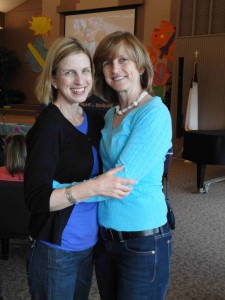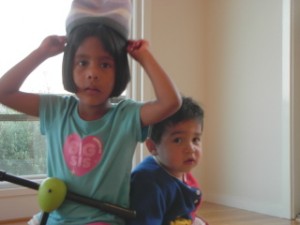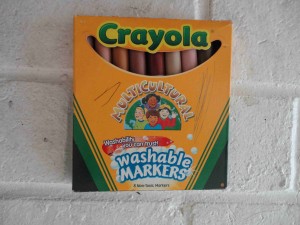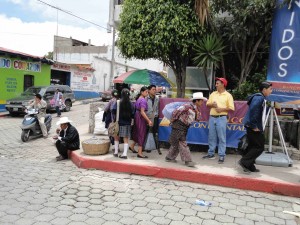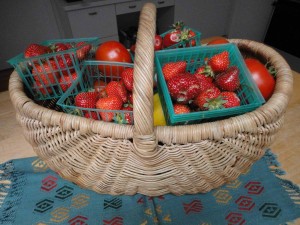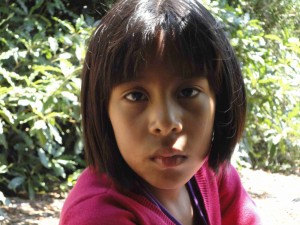Like a lot of people, I used to regard UNICEF as an organization founded to protect and advocate for children. Not anymore. Not after everything I’ve learned about UNICEF’s role in shutting down adoptions in countries such as Guatemala. That’s why I’m sharing this article by attorney Candace O’Brien, posted by friends on Facebook, and encouraging you to do the same.
In this post, I’ve included only the parts specific to Guatemala; to read the entire article, click on the link here.
“UNICEF has been waging war against international adoption for many years contrary to popular understanding… UNICEF’s premise that parents in underdeveloped countries should be provided the means to keep their children is not arguable. Neither is UNICEF’s stance that international adoption should only be a last resort.”…
“Let’s take the example of Guatemala. After intense pressure from UNICEF, Guatemala finally closed its doors to international adoption on December 31, 200[7]. Prior to that time, foreign nationals adopted approximately 5,000 Guatemalan children per year. Oscar Avila, ‘Guatemala Seeks Domestic Fix to Troubled Overseas Adoptions,’ Chicago Tribune, October 26, 2008 indicated that ‘Guatemala has launched an ambitious campaign to recruit foster parents and even adoptive parents at home.’ So far, the program is failing miserably. Avila reports, ‘Only about 45 families in a nation of 13 million currently have taken in foster children since the program began this year.’”
“The approach that Guatemala is taking by attempting to gain domestic attention to the problem is certainly meritorious; however, this approach could and should have been implemented concomitant with an international program which would ensure that thousands of children will find homes rather than waste away in institutions that are often underfunded, understaffed and unable to provide for the needs of these children.”… (more…)



 ShareThis
ShareThis